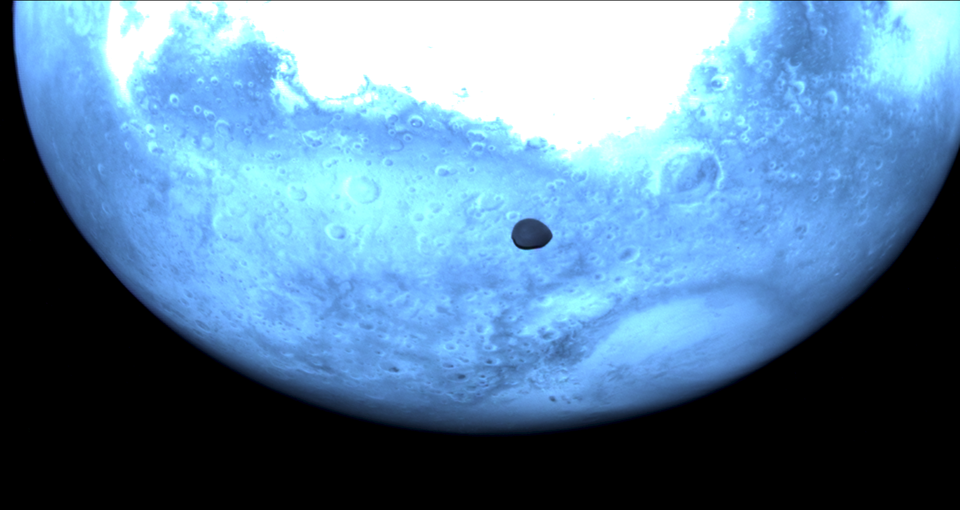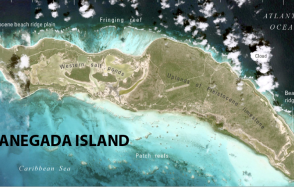Hera flies over Deimos on its way to Dimorphos : a major step forward for planetary protection
On 12 March 2025, the European Space Agency's (ESA) Hera probe flew past Mars and its natural satellite Deimos. The aim of this crucial manoeuvre was to exploit the gravitational attraction of the Red Planet to adjust the probe's trajectory towards its main target: the Didymos-Dimorphos asteroid binary system, which it will reach in December 2026.

Mars and Deimos viewed by Hera / @ESA
Latest news








